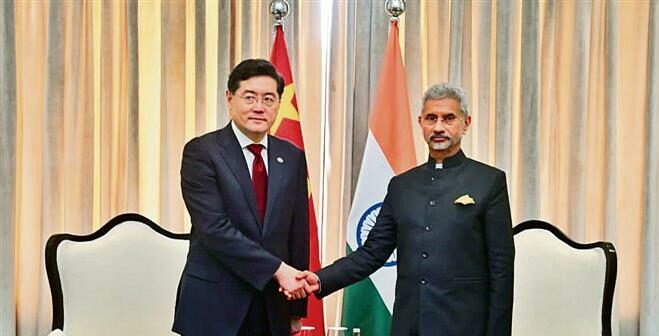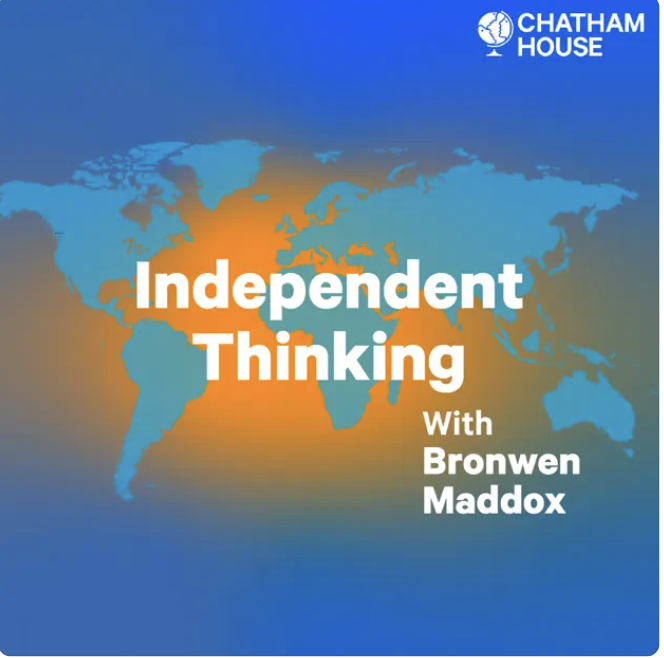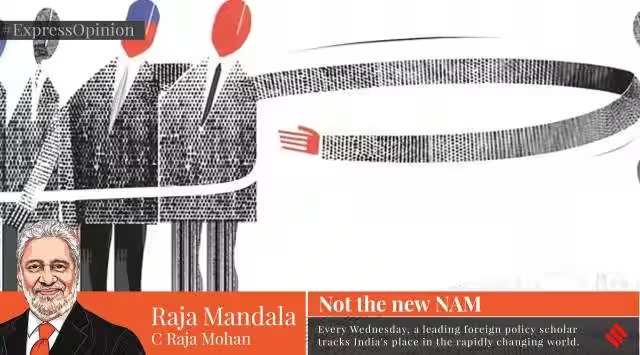India-China Ties at a Crossroads
THE TRIBUNE
APLN member Shyam Saran commented on India-China relations based on his conversations with Chinese officials and analysts during his recent trip to Beijing. Read the original article here.
Beijing apparently feels that Delhi has proved to be adept and agile in advancing its interests.
I was in Beijing earlier this month to participate in the annual World Peace Forum. On the sidelines, there was a closed-door interaction on the India-China border issue, at which several Chinese scholars were present. There were also opportunities for conversations with some current and former Chinese officials. These provided a window to a range of Chinese perceptions about India and the prospects for India-China relations.
The Chinese continue to insist that the border issue should be properly situated as only one component in the full range of relations, that it should not be allowed to define their overall character. This is an implicit rejection of the Indian position that the situation on the border is ‘abnormal’ and this cannot but adversely impact bilateral relations. According to the Chinese, the border situation is ‘stabilised’. The Indian side acknowledges that progress has been achieved in resolving some areas of friction but others remain. One did not perceive any willingness on the part of China to return to the status quo prevailing before the violent clashes at Galwan in eastern Ladakh in June 2020.
Despite the two sides having agreed in several peace and tranquillity agreements — including the Political Parameters and Guiding Principle for the Settlement of the India-China Border Question (2005) — to undertake a joint exercise to clarify the Line of Actual Control (LAC), the Chinese have refused to do so. When the charge is made that India has been ‘nibbling’ away at Chinese territory, one has countered this by pointing out that such ‘nibbling’ could be prevented precisely through a clarification of the LAC, which India is prepared to undertake. The answer to this is that at the meeting in 2004, when this exercise commenced, the Indian side had put forward ‘exaggerated’ claims in the western sector, which could compromise Chinese territorial claims. That China could have rejected these so-called exaggerated claims in its response is not answered. Not clarifying the LAC enables China to play on supposed ambiguities to encroach upon Indian-held territory. The Indian side has a precise idea of the LAC’s alignment. We should not keep saying that there are ‘differing perceptions’ concerning the LAC in some areas. This implicitly concedes that the Chinese side has some justification in contesting the LAC as India claims. Let the Chinese side contest what we consider the alignment of the LAC. We should not even remotely suggest that we have any doubt about where the LAC lies. We don’t.
There was acknowledgement that with improved infrastructure on both sides, Indian and Chinese patrols were encountering each other more frequently and in areas where only occasional patrols were seen earlier. Both sides agreed that the peace and tranquillity agreements concluded earlier may need to be updated.
Overall, the standoff at the border is likely to continue and there seems to be no prospect of disengagement of the heavy troop deployment on both sides. It is also unlikely that the fresh permanent and semi-permanent structures that China has built on its side of the LAC will be dismantled and removed. They represent an enhanced capability which India will need to match.
There were two straws in the wind. A former Chinese PLA officer, who has often commented on the border issue, conveyed to me that the Indian perception that the Galwan clashes were a premeditated and planned operation on the part of Chinese forces was wrong, that it was an ‘accident’. I had not heard this before. If that is indeed the case, why not restore status quo ante?
More recently, during his meeting with Foreign Minister S Jaishankar in Jakarta, Wang Yi, who is now the Director of the Office of the Chinese Communist Party Commission for Foreign Affairs, reportedly said that “both sides should find a mutually acceptable solution to the border problem without letting specific issues define the overall relationship”. This is a restatement of the Chinese position.
But he went on to say that he hopes “the Indian side will meet China halfway and find a solution to the border issue that is acceptable to both sides”.
This seems to be relatively conciliatory language since in the wake of the Galwan incident, Chinese statements were claiming that the area was China’s sovereign territory, which it would defend. This left no room for meeting each other ‘halfway’. Perhaps one is overinterpreting the changed language, but time will tell.
My conversations in Beijing took place soon after Prime Minister Modi’s high-profile and successful state visit to Washington. Chinese anxiety over progress in the Indo-US relations was palpable. There were concerns that India was becoming part of the US strategy of containing China. One question put to me was whether India supported a NATO role in Asia. I said that in my opinion, NATO is concerned with European security and that Asia has several mechanisms to maintain peace and security in the region, including through ASEAN-led mechanisms. There was also anxiety over whether India was trying to exclude China from the Global South. I said it was for China to decide whether it was part of the Global South. The fact that PM Modi took the initiative to convene a meeting of the Global South as part of preparations for the forthcoming G20 summit seems to have caught China by surprise. A reference was made to US attempts to deny ‘developing country’ status to China, which may have economic implications.
One other Chinese complaint was that India had ‘downgraded’ the Shanghai Cooperation Organisation (SCO) by hosting a brief online summit rather than holding an in-person meeting. The suspicion was that this had been done under US influence.
Overall, one had the impression that China was feeling more unsure of itself and felt that India had proved to be adept and agile in advancing its interests. This may also be related to a certain pessimism one found about China’s economic prospects, even as India seems to have become the new destination for capital and technology flow. Does this presage a shift in the stance towards India? Let us see how events unfold hereafter.




